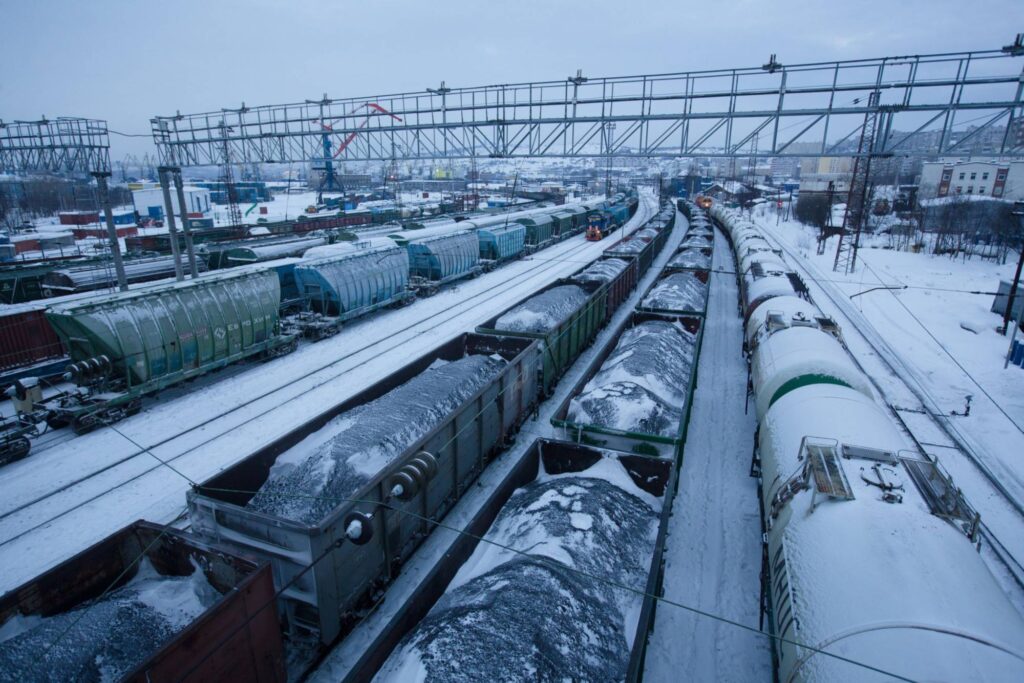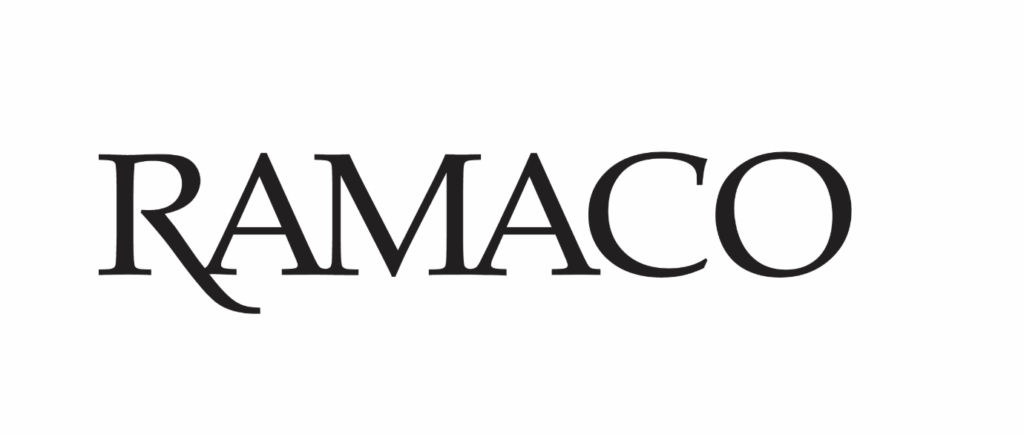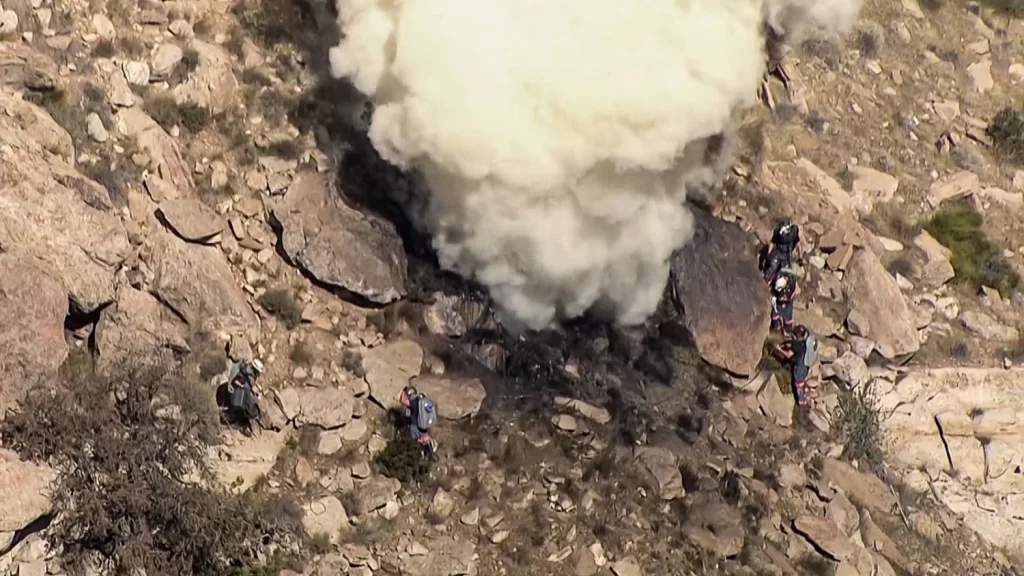Russia has unveiled plans to export coal to India using the International North-South Corridor (INSTC), leveraging Iran’s railways, as announced during the BRICS transport ministers’ meeting at the 27th St. Petersburg International Economic Forum. Igor Levitin, Russia’s presidential aide, confirmed that the initial shipments would pass through Iran, utilizing the port of Bandar Abbas before reaching their destination in India.
The strategic use of the INSTC was highlighted by Iran’s Minister of Roads and Urban Development, Mehrdad Bazrpash, during a video conference at the forum. He emphasized the corridor’s potential to enhance transportation synergy among the BRICS nations and boost regional integration.
Further discussions on the cooperation took place between Levitin and Iran’s Ambassador to Russia, Kazem Jalali, focusing on the Rasht-Astara Railway project. This project is pivotal in strengthening the transportation link between Iran and Russia and is expected to enhance the operational dynamics of the INSTC.
Oleg Belozyorov, president of Russian Railways, also engaged in talks with Ambassador Jalali to discuss the expansion of bilateral cooperation. Their conversations underscored the commitment to enhancing railway infrastructure which is crucial for the effective transit of goods, particularly coal, between the two countries and beyond.
The Rasht-Astara Railway project, agreed upon in July 2023 and further discussed in February 2024 in Tehran, marks a significant milestone in the collaboration efforts. It is seen as vital not only for Russia and Iran but also for the broader region’s connectivity and economic integration.
In 2023, Russia moved 600,000 tons of freight through Iran, a figure expected to surge to 4 million tons by 2024, demonstrating the growing strategic importance of the INSTC route. This development is poised to significantly enhance Russia’s trade connections with India, capitalizing on Iran’s strategic geographic positioning and robust railway network to streamline coal exports efficiently. Through these collaborative efforts, the BRICS countries are set to witness strengthened economic ties and enhanced regional trade capabilities.









